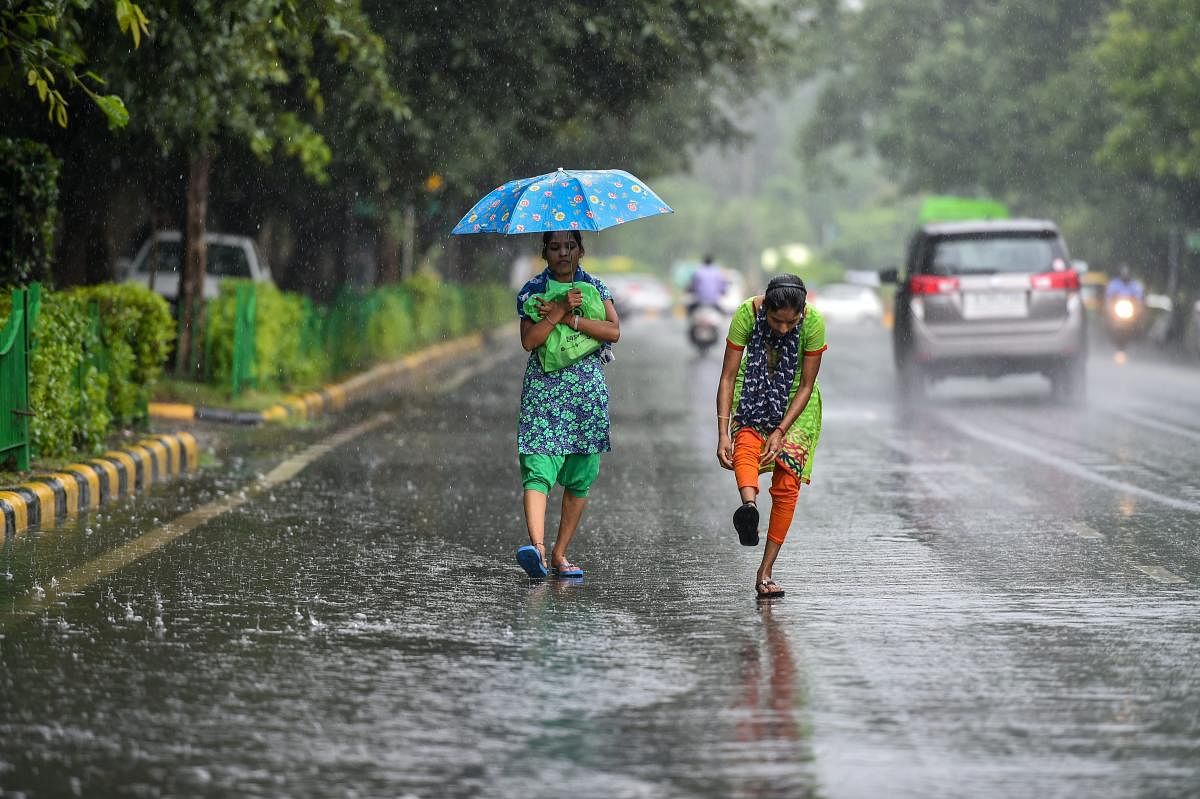
The south-west monsoon has ended with 9% deficit, primarily due to a massive rain shortage in north east India, even though rest of the country receives copious rainfall leading to an increase in acreage for summer crops and more water in the reservoirs.
The all-India deficiency is mainly attributed to the very large rainfall deficiency – 24% to be precise - observed over northeast India. It was very rare for north east India to receive this kind of large rainfall deficiency, India Meteorological Department said on Monday.
In the last 117 years since 1901, there are only four occasions (1992, 2005, 2009 and 2013) when the rainfall deficiency over NE India was more than 20%. Such a rarity happening for the fifth time in 2018 brought down the national average rainfall figure.
The northeast region, known for large scale floods, did not witness any major inundation in the season.
Rest of the country, receives excellent rainfall. Ministry of Agriculture's data suggests an increase in overall crop acreage during the Kharif (summer crop) season 2.6% as compared to 2017, which is the highest ever acreage that India experienced.
High acreage is largely due to good soil moisture distribution across the country. Adequate soil moisture available over northern parts of India may also help the Rabi (winter) crops during 2018-19.
Reservoir levels monitored by the Central Water Commission (CWC) stands at around 5% higher than 10-year mean storage and 17% higher than the storage of corresponding period during 2017.
“Not only this year's crop acreage was 40,000 ha more, but there's enough moisture all around to aid the Rabi crops as well. Above normal reservoir storage across the country will ensure bumper Rabi acreage too,” K J Ramesh, IMD director general told DH.
The season witnessed a deluge in Kerala triggered by high-rainfall event continuing for nearly two weeks in August. But the woes are yet over for Kerala as the Malabar state and Tamil Nadu are likely to receive another bout of heavy rainfall.
“Heavy to very heavy rains expected during the weekend till October 10 over Kerala and parts of Tamil Nadu due to formation of a weather system over South East Arabian sea. The forecast of cumulative rainfall between Oct 5-10. Take care,” (sic) tweeted M Rajeevan, Secretary, Ministry of Earth Sciences.
Barring the east and northeast India, IMD's rainfall forecast for the north-west, central and Peninsular India was within the range. For the country as a whole, IMD in its second long range forecast predicted 97% of average rainfall whereas the actual rainfall was 91% - deficiency of 6% when compared against the forecast.
The 2018 season was characterized by large day to day variability within the season. The season also witnessed formation of a large number of low-pressure systems over Bay of Bengal and their westward movement across central India. During the season, 10 low-pressure Areas formed, out of which one system intensified into a Cyclonic Storm, one into a deep depression and 4 into depressions.
A preliminary scientific analysis reveals that the sea surface conditions over the equatorial Pacific (El Nino) did not have any adverse effect on the performance of monsoon rainfall, the weather agency added.
